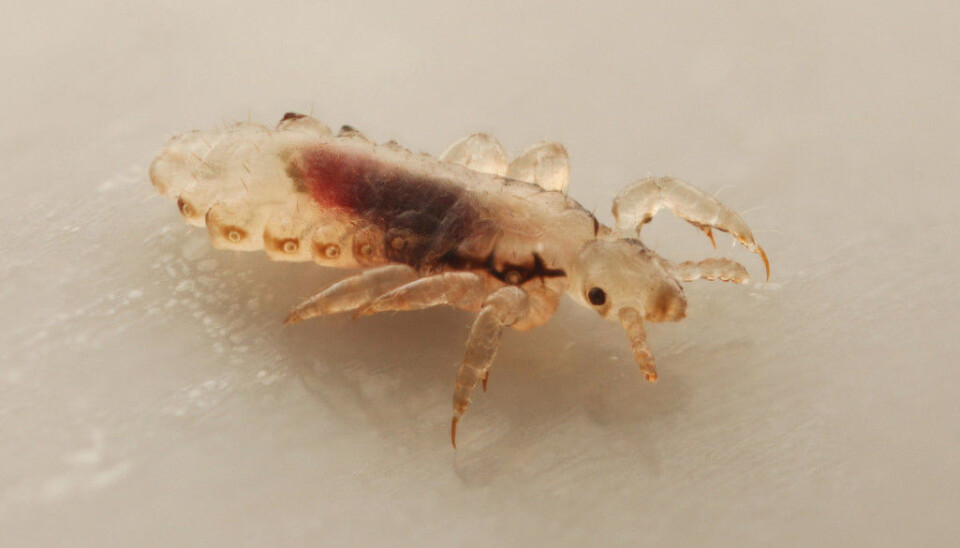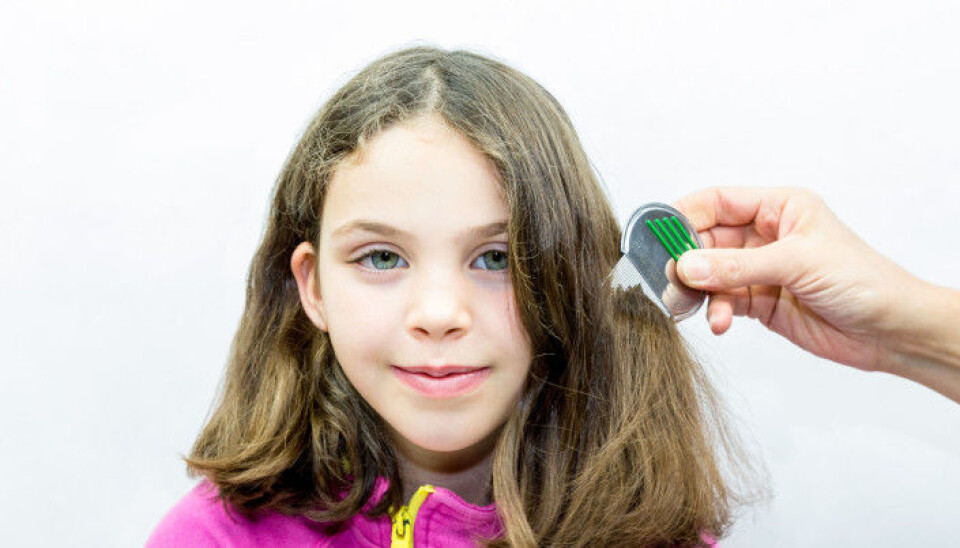
Do lice prefer some people more than others?
ASK A RESEARCHER: Everyone and anyone can get head lice, but some people are more at risk than others.
Bjørn Arne Rukke has perhaps one of the more unusual research portfolios at the Norwegian Institute of Public Health (NIPH): he has studied the prevalence of lice on Norwegian heads.
Although parents and teachers may feel like some children are more attractive to lice than others, there is no research evidence that suggests that head lice prefer one person over the other, Rukke, who is a researcher at the NIPH Pest Control Department, said.
“But there’s probably something to the perception, anyway. It’s often true that different individuals are affected slightly differently by parasites, and that some people are more susceptible. Whether there is any difference in terms of how lice get established and grow on people’s heads, we’re not entirely sure,” he said.
When Rukke and colleagues combed through the hair of primary school children in Oslo, they saw a difference in how many lice children had.
“It depends a lot on how long you have had lice, of course, but it is also conceivable that some people are more prone to getting lice established on their heads, and can support a larger population once they are established. Some children had crazy amounts of lice, while most had fairly few,” he said.
Rukke and colleagues have also looked at factors such as gender, age groups, hair characteristics and place of residence. They did find some differences.
Hair type matters — a little
The start of school often coincides with an uptick in the number of children infected by lice. Head lice live by sucking blood from people’s scalps. The bites can cause itching. Many people don’t notice that they have lice until the population is well established.
Bjørn Arne Rukke and his colleagues conducted two large surveys on lice among primary school pupils and lice in Norwegian households in 2008. They did a new study in 2018. The results of the latest survey have not been published, but the researchers are going through their data now.
The researchers used lice combs to comb through the hair of several thousand children at twelve schools in Oslo for their 2008 study. They recorded hair characteristics, among other factors.
Hair colour didn't matter, said Rukke, but people with wavy hair had the highest incidence of lice.
People with straight hair had the least lice, and people with curly hair were in the middle. But what mattered much more was the length and thickness of the hair, Rukke said.
People who had medium long hair had the highest incidence of lice compared to those who had short and long hair. People with short hair were least likely to have lice, and people with thick hair more often had lice than those with thin hair.
Lice also can’t survive if hair is less than 6 millimetres long, which is why shaving a person’s head is a very effective treatment, Rukke said.

Some studies show that lice are more common in girls than boys. Rukke said the results from his own research are ambiguous.
“Some of our results indicate that girls may have higher rates of lice than boys, while other results don’t. I can only speculate as to why. Maybe it is because they have longer hair, maybe they have closer contact, or maybe there’s something else,” he said.
No one is immune, but frequent head checks help
Anyone can get lice, and personal hygiene has nothing to do with the likelihood of being infested, Rukke said.
“Personal hygiene and how often you wash your hair is of little importance. Having head lice doesn’t mean you are unclean. Lice only care about finding a head that gives them access to blood,” he said.
Rukke’s research shows that primary school children have the highest prevalence of lice, and when the researchers looked at the difference between incidences in 2008 and 2018, they found the incidence remarkably stable, at about 1.6 per cent of children surveyed.
The reason for this is that children of this age have more physical contact than older students, and lice are spread by close contact with another person’s hair. They cannot jump, but have to crawl.
Rukke recommends that people check themselves and their children once a month using a special fine-toothed lice comb.
References:
Tone Birkemoe, et al.: “Head lice predictors and infestation dynamics among primary school children in Norway”, Family Practice, February 2016.
Bjørn Arne Rukke et al. “Head lice prevalence among households in Norway: importance of spatial variables and individual and household characteristics”. Parasitology, September 2011. Summary
Bjørn Arne Rukke et al.: “Head Lice in Norwegian Households: Actions Taken, Costs and Knowledge” PLoS ONE, February 2012.
Mossong et al: “Social Contacts and Mixing Patterns Relevant to the Spread of Infectious Diseases”. PLoS Medicine, March 2008.
———






























